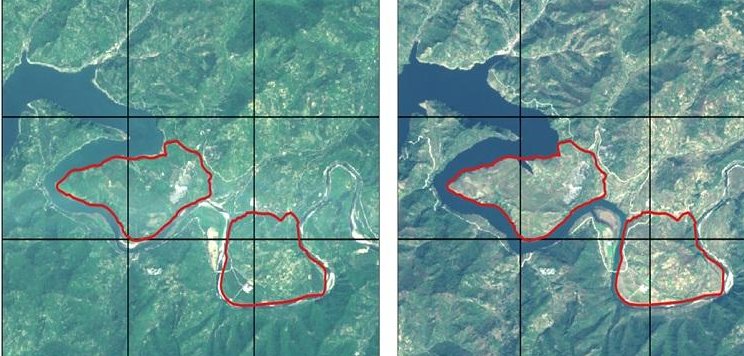An international team of researchers has effectively assessed the economic conditions of difficult-to-access, information-opaque nations like North Korea using an artificial intelligence framework.
Professor Cha Mee-young, leading the team from the Korea Advanced Institute of Science and Technology, revealed their discoveries on Tuesday. They utilized satellite images provided by the European Space Agency.
This collaborative effort included experts from the National University of Singapore and the Hong Kong Universities of Science and Technology.
By employing automated machine learning AI, they developed a customized model based on visual data to estimate the economic status of countries with limited verifiable data.
The team successfully projected financial scores for six underdeveloped countries, including North Korea, Nepal, Laos, Myanmar, Bangladesh, and Cambodia, based on insights derived from the AI algorithm.
Additionally, the AI approach analyzed satellite images of North Korea from 2016 to 2019, uncovering a focus on expanding major urban centers like Pyongyang over rural areas, despite challenges posed by its nuclear program.
The analysis also indicated that North Korea prioritized enhancing tourist spots and economic zones over established industrial centers.
The importance of ground-truth data remains crucial for current AI methodologies. Cha emphasized the scarcity of such data in many nations, some lacking even basic population statistics.
She highlighted that “our hybrid human-machine model predicts localized economic advancements by utilizing publicly available images and concise subjective assessments, even in the absence of on-site data.”
Cha envisions the potential for the new AI framework to provide insights into various global issues such as carbon emissions, natural disasters, and climate change.






